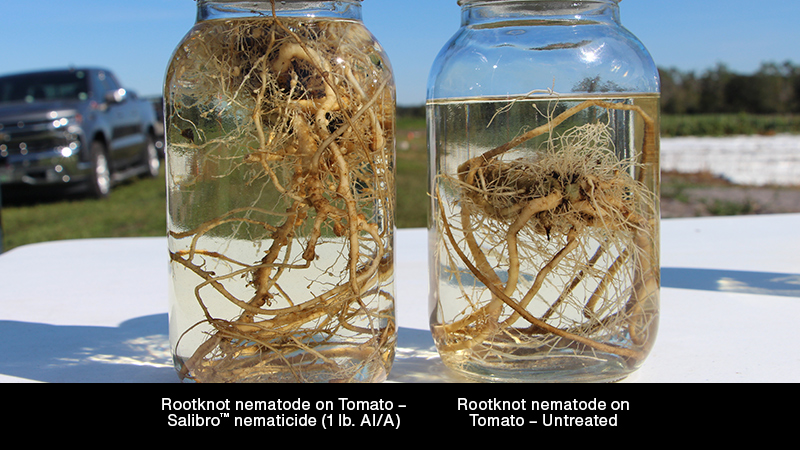New Grape Crop Monitor
The 2005 winegrape crush in California was chaotic, to say the least. Many growers grossly underestimated the size of the crop, and there was a mad rush to find tank space. But such headaches might be avoided in the future, thanks to new, recently patented technology from researchers at the USDA-Agricultural Research Service viticulture program in Prosser, WA.
Research horticulturist Julie Tarara and her ARS colleagues have developed an automated system for estimating grape yields based on the changes in tension on the trellis wires that support the vines. The system will allow growers to continually monitor their crops and make more informed pruning and irrigation decisions. Such a system would also allow growers to avoid situations such as that which occurred in California two years ago, says Tarara. “The problem was that the fruit really sized up at the end of the season,” she says. “No one knew until harvest because the snapshot (of the crop size) was taken so much earlier.”
As California growers found out, the costs of not knowing the crop size can be quite steep. The trellis tension monitor provides a realistic growth curve, and it does so automatically. “Continuous growth information should prove quite advantageous to growers down the road,” she says.
Fundamental Change
Tarara isn’t kidding when she says the monitoring is continuous. A load cell detects increases in the tension of the trellis wire as clusters form and the berries enlarge. The wire-tension signals are recorded every five seconds by a data logger, which formulates an average every 15 minutes. By taking so many measurements, such anomalies as gusts of wind, perching birds, or even the wire’s natural expansion and contraction can be factored out to provide an accurate measurement.
Researchers analyze the raw data, and then it is run through a software package. After processing, the information can be used in computer modeling, providing crop size estimates. Tarara says that as the system moves out of the research arena and into commercial practice, many of the steps will be automated, speeding the process and providing further savings.
Trimming costs is the ultimate goal. Initially, Tarara expects that growers will utilize the system to inform them when to take samples. As they get comfortable with the automated system, hand sampling would become a thing of the past. Make no mistake, Tarara fully expects the system to fundamentally change the future of vineyard operations. “We’re on the edge of a huge chasm of technology transfer,” she says.
Huge Potential Market
While the system may very well save growers on labor, etc. in the future, Tarara concedes she has no idea what the costs of the first commercial systems will be. Right now she is working with research-grade materials, which are always much more expensive than commercial grade. She’s optimistic, however, because the costs of many of the tools used in precision agriculture, such as data loggers, are rapidly coming down. “Ultimately, I think it will be affordable,” she says, “but I don’t know the per-unit cost right now.”
Next, Tarara and her team will need to interest a manufacturing partner. It might not be easy, but Tarara is optimistic because of the market potential. “The biggest trick is finding a manufacturer,” she says. “They will need to see there is a large market worldwide — which there is.”
- See a diagram of how USDA’s new system for estimating winegrape yields works.









